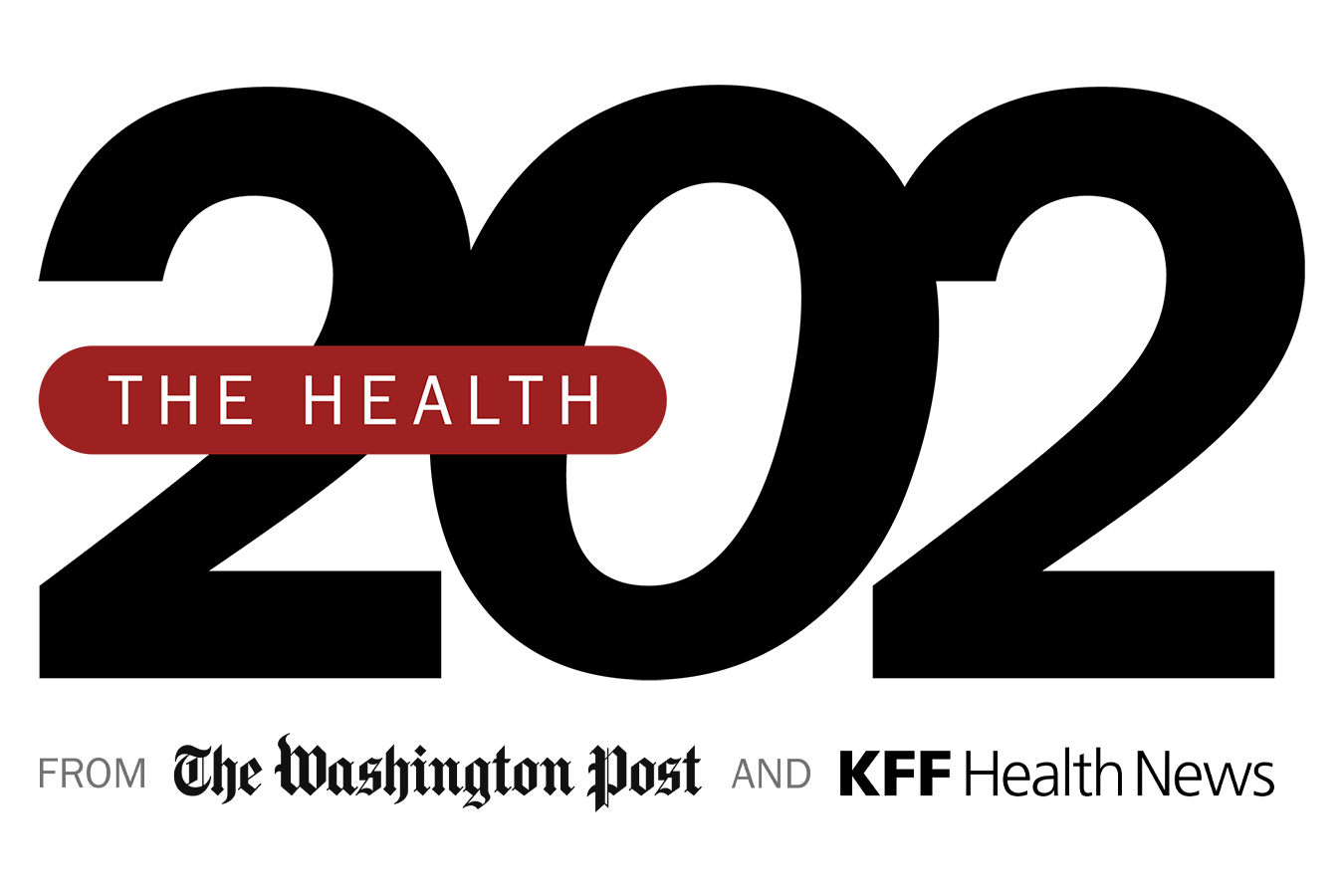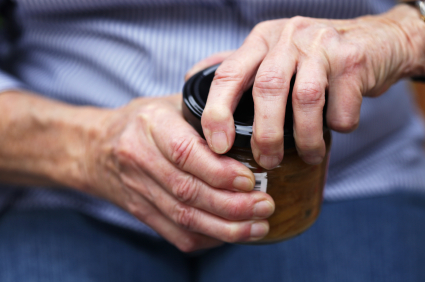In a LA Times article, Dr. Collins says he expects the NIH BD2K Initiative to invest $656 million over the next seven years to make biomedical data sets more accessible to researchers. Healy, Melissa. Los Angeles Times
SOURCE: NIH Director’s Page – Read entire story here.
Related Posts

The GOP Keeps Pushing Medicaid Work Requirements, Despite Setbacks
- admin
- April 3, 2024
- 0
Work requirements in Medicaid expansion programs are back on the agenda in many statehouses — […]

Grip strength may provide clues to heart health
- admin
- May 19, 2015
- 0
A strong or weak hand grip carries more than just social cues. It may also help measure an individual’s risk for having a heart attack or stroke, or dying from cardiovascular disease. As part of the international Prospective Urban and Rural Epidemiological (PURE) study, researchers measured grip strength in nearly 140,000 adults in 17 countries and followed their health for an average of four years. A device called a dynamometer was used to assess grip strength. Each 11-pound decrease in grip strength over the course of the study was linked to a 16{c754d8f4a6af077a182a96e5a5e47e38ce50ff83c235579d09299c097124e52d} higher risk of dying from any cause, a 17{c754d8f4a6af077a182a96e5a5e47e38ce50ff83c235579d09299c097124e52d} higher risk of dying from heart disease, a 9{c754d8f4a6af077a182a96e5a5e47e38ce50ff83c235579d09299c097124e52d} higher risk of stroke, and a 7{c754d8f4a6af077a182a96e5a5e47e38ce50ff83c235579d09299c097124e52d} higher risk of heart attack. The connections between grip strength
NIH featured on C-SPAN’s Washington Journal
- admin
- September 26, 2014
- 0
Watch NIH leadership on C-SPAN’s Washington Journal discussing important, groundbreaking research for multiple diseases and conditions.

